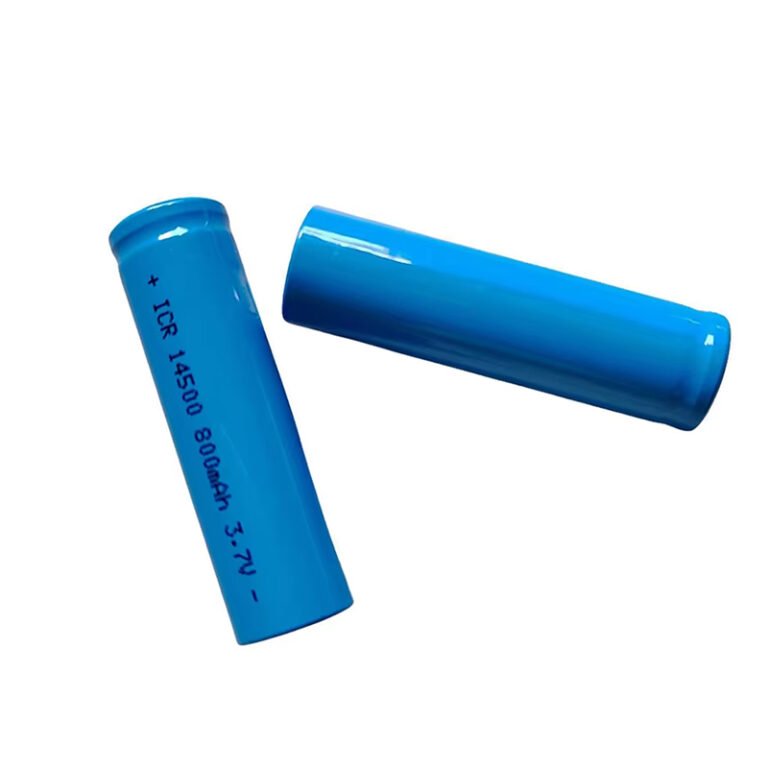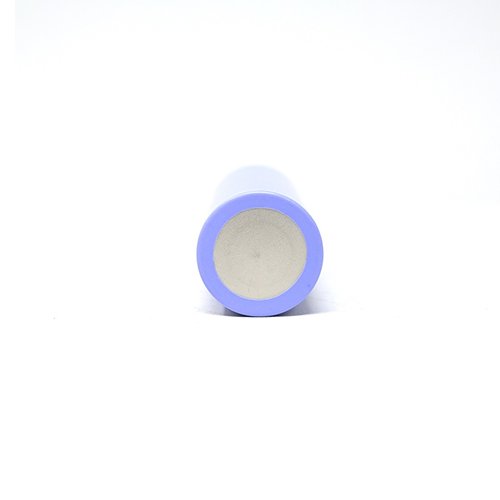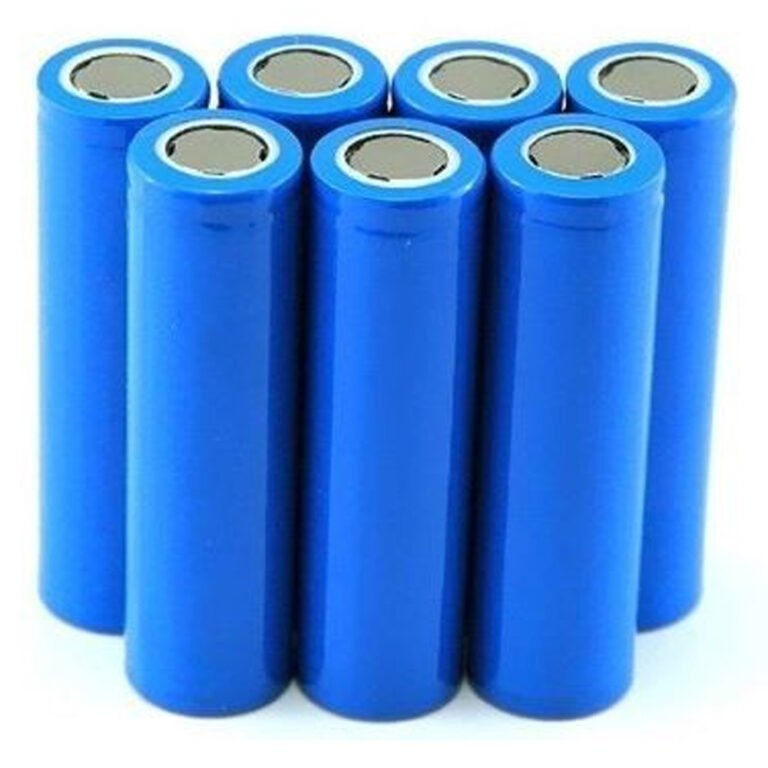Lithium-ion batteries have revolutionized the way we power our portable devices, from smartphones and laptops to electric vehicles and even homes. Among the various types of lithium-ion batteries, the 18650 battery has gained widespread popularity due to its high energy density, relatively low cost, and standardized size. In this article, we will explore the physical structure of the 18650 battery and how it influences its performance.
First, let’s start with the basics. The name 18650 refers to the battery’s dimensions, which are 18mm in diameter and 65mm in length. The 18650 battery is a cylindrical cell, consisting of an anode, a cathode, and a separator that separates the two electrodes. The anode and cathode are immersed in an electrolyte solution that facilitates the movement of lithium ions between the electrodes during charge and discharge.
The anode of the 18650 battery is typically made of graphite, a form of carbon that can intercalate lithium ions into its structure. The anode is coated with a thin layer of copper to improve its electrical conductivity and to serve as a current collector. The cathode, on the other hand, is made of a lithium metal oxide such as cobalt, nickel, or manganese. The cathode is also coated with a thin layer of aluminum to serve as a current collector.
The separator of the 18650 battery is a thin, porous membrane that prevents direct contact between the anode and cathode while allowing the flow of lithium ions. The separator is usually made of a polymer material such as polyethylene or polypropylene. The electrolyte of the 18650 battery is a liquid or gel that contains lithium salts dissolved in an organic solvent. The electrolyte plays a critical role in the battery’s performance, as it facilitates the movement of lithium ions between the electrodes.
The physical structure of the 18650 battery has a significant impact on its performance characteristics, such as capacity, voltage, and cycle life. The capacity of the battery refers to the amount of charge that it can store, and is determined by the amount of active material in the electrodes. The voltage of the battery is determined by the electrochemical potential difference between the anode and cathode. The cycle life of the battery refers to the number of charge and discharge cycles that it can undergo before its capacity degrades significantly.
One of the key factors that affect the performance of the 18650 battery is the thickness of the electrodes. Thicker electrodes can store more active material, which increases the battery’s capacity. However, thicker electrodes also increase the distance that lithium ions must travel during charge and discharge, which can decrease the battery’s cycle life. Therefore, finding the optimal electrode thickness is critical for balancing capacity and cycle life.
Another factor that affects the performance of the 18650 battery is the choice of cathode material. Different cathode materials have different electrochemical properties, which can affect the battery’s voltage and cycle life. For example, cobalt-based cathodes have a high energy density but can degrade quickly over multiple charge and discharge cycles, while manganese-based cathodes have a lower energy density but can maintain their capacity over more cycles.
The physical structure of the 18650 battery also influences its safety. One of the main safety concerns with lithium-ion batteries is the risk of thermal runaway, which can occur when the battery overheats and releases energy rapidly, leading to a fire or explosion. The use of high-quality materials and strict manufacturing processes is critical to ensuring the safety of lithium-ion batteries.
In conclusion, the physical structure of the 18650 battery plays a crucial role in determining its performance and safety characteristics. By optimizing the electrode thickness, cathode material, and manufacturing processes, battery manufacturers can create high-performance, reliable, and safe lithium-ion batteries
Related Products
Inr18650 A Grade Lithium Li-ion 3.7V Battery Cell 2900mAh Capacity 29E Samsung SDI
Molicel High Discharge 18650 2500mAh–4200mAh, 20A–45A & 21700 Battery Cells (P26A, P28A, P28B)
Panasonic NCR18650B Rechargeable Sanyo Lithium-ion Battery Cell 3400mAh–3600mAh Series
18650 Lithium-ion Battery Cell 2600mAh with 3C Discharge Rate





